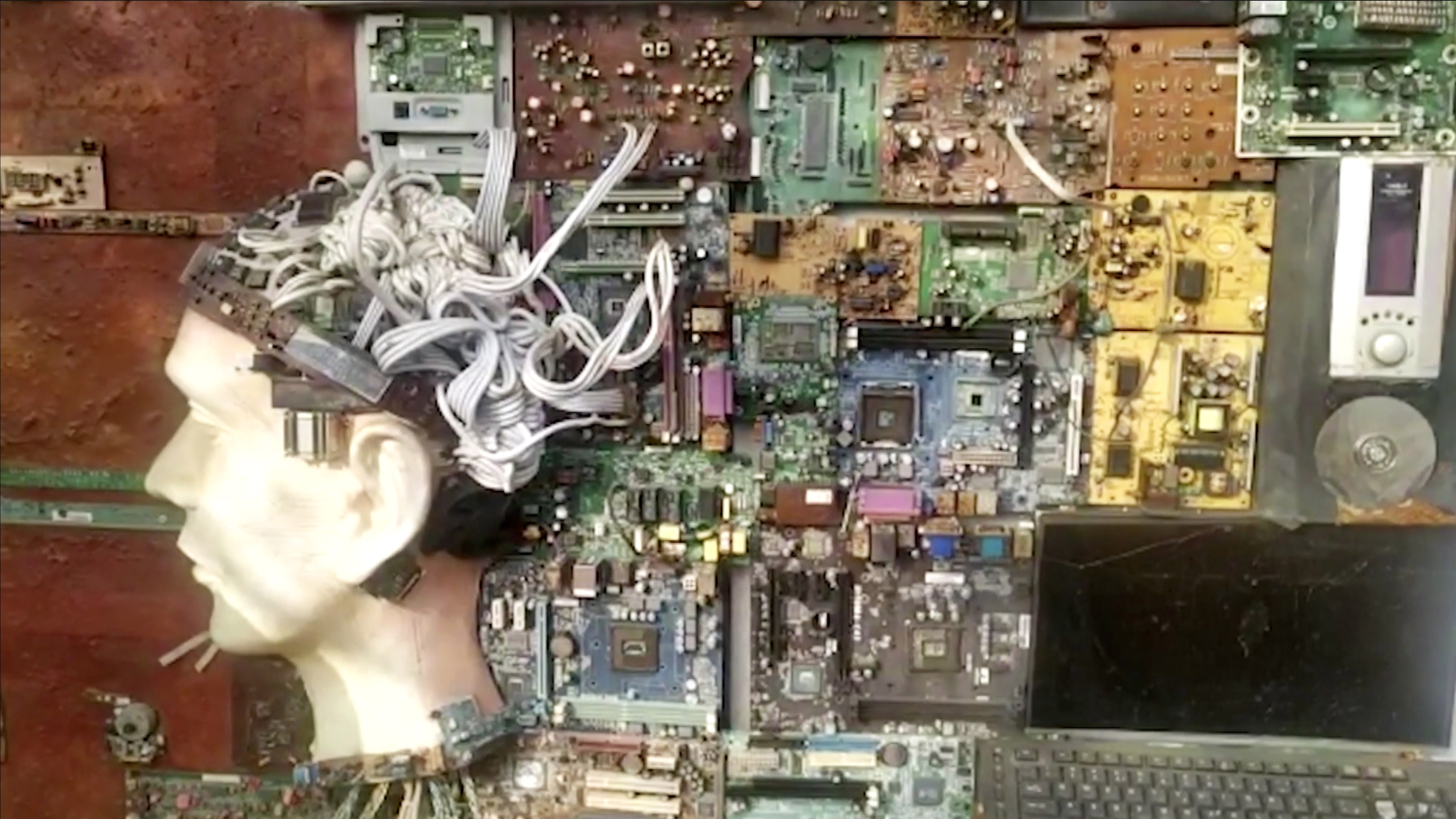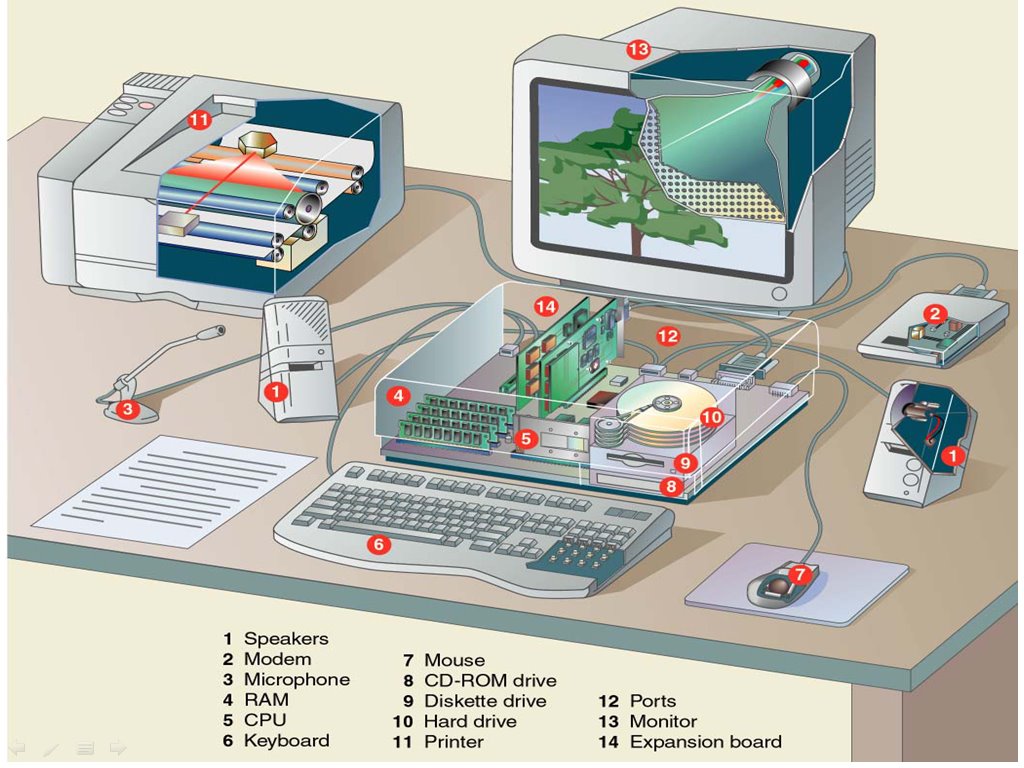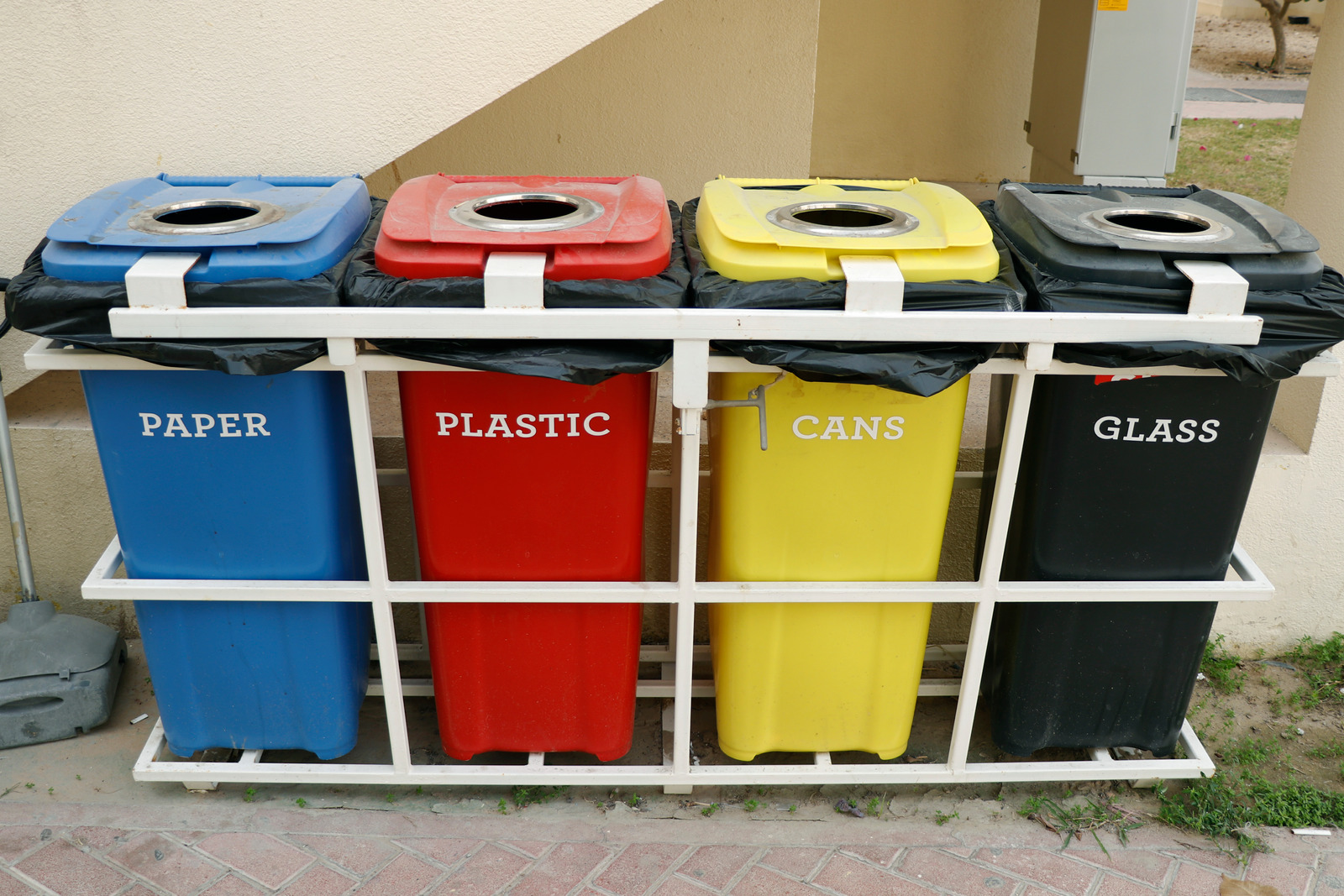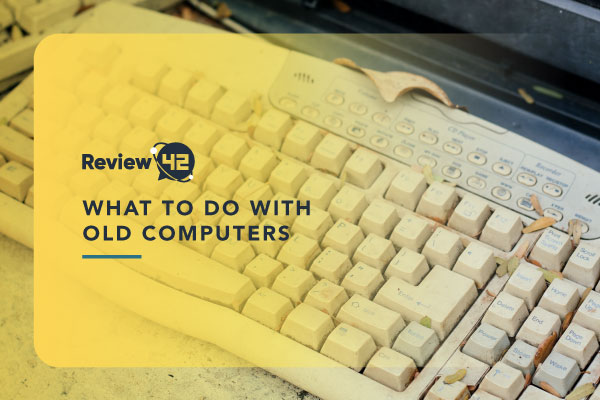Don’t Throw Away, Repurpose: The Benefits of Upcycling Old Computer Components
When it comes to old computer components, many people are unsure of what to do with them. However, instead of throwing them away, there are several options for repurposing these components. Upcycling old computer components can have numerous benefits, including reducing electronic waste and conserving natural resources.
Electronic waste is a significant problem worldwide, with millions of tons of waste generated each year. By repurposing old computer components, individuals can play a crucial role in reducing this waste. For example, old computers can be refurbished and reused, reducing the need for new, resource-intensive components.
In addition to reducing waste, upcycling old computer components can also help conserve natural resources. The production of new computer components requires the extraction and processing of raw materials, such as copper, gold, and silver. By reusing existing components, individuals can reduce the demand for these raw materials, helping to conserve natural resources for future generations.
Upcycling old computer components can also have financial benefits. Many old computer components, such as CPUs, GPUs, and RAM, can still be used in various applications, reducing the need for costly upgrades. Furthermore, upcycling can also help individuals develop new skills, such as computer hardware repair and maintenance, which can be valuable in the job market.
When considering what to do with old computer components, individuals should explore the various options available for repurposing. From donating to non-profit organizations to selling on online marketplaces, there are numerous ways to give old computer components a new lease on life. By embracing the concept of upcycling, individuals can reduce electronic waste, conserve natural resources, and promote sustainability in the tech industry.
How to Identify Valuable Components in Your Old Computer
When considering what to do with old computer components, it’s essential to identify which components are valuable and worth repurposing. This can be a daunting task, especially for those who are not familiar with computer hardware. However, by understanding the factors that determine the value of old computer components, individuals can make informed decisions about how to proceed.
One of the most valuable components in an old computer is the central processing unit (CPU). CPUs are highly sought after by collectors and enthusiasts, and can fetch high prices on online marketplaces. The value of a CPU is determined by its condition, age, and demand. For example, a vintage CPU from the 1980s can be highly valuable due to its rarity and historical significance.
Graphics processing units (GPUs) are another highly valuable component in old computers. GPUs are used to power graphics-intensive applications, such as video games and video editing software. The value of a GPU is determined by its performance, condition, and demand. For example, a high-end GPU from the 2010s can be highly valuable due to its high performance and demand from gamers and graphics professionals.
Random access memory (RAM) is another component that can be valuable in old computers. RAM is used to temporarily store data and applications, and is essential for smooth computer performance. The value of RAM is determined by its capacity, speed, and condition. For example, high-capacity RAM modules from the 2010s can be highly valuable due to their high demand from computer enthusiasts and gamers.
Hard drives are also valuable components in old computers. Hard drives are used to store data and applications, and can be highly valuable due to their high storage capacity and demand. The value of a hard drive is determined by its capacity, speed, and condition. For example, high-capacity hard drives from the 2010s can be highly valuable due to their high demand from computer enthusiasts and data centers.
When identifying valuable components in an old computer, it’s essential to research the market demand and prices for each component. This can be done by searching online marketplaces, such as eBay and Craigslist, and by consulting with computer hardware experts. By understanding the value of each component, individuals can make informed decisions about how to proceed with repurposing their old computer components.
Give Your Old Computer a New Lease on Life: Refurbishment and Reuse
Refurbishing an old computer can be a cost-effective and environmentally friendly way to breathe new life into outdated technology. By refurbishing and reusing old computer components, individuals can reduce electronic waste and promote sustainability in the tech industry. In this section, we will discuss the process of refurbishing an old computer, including cleaning, repairing, and upgrading components.
The first step in refurbishing an old computer is to clean the components. This includes dusting the exterior and interior of the computer, as well as cleaning the fans and heat sinks. Cleaning the components can help improve airflow and reduce the risk of overheating. Next, inspect the components for any damage or wear and tear. This includes checking the RAM, hard drive, and graphics card for any signs of damage or degradation.
Once the components have been cleaned and inspected, it’s time to repair or replace any damaged or outdated components. This may include replacing the hard drive with a solid-state drive, upgrading the RAM, or installing a new graphics card. By upgrading the components, individuals can improve the performance and functionality of the old computer.
After the components have been repaired or replaced, it’s time to reinstall the operating system and software. This includes installing the latest version of the operating system, as well as any necessary software or drivers. By reinstalling the operating system and software, individuals can ensure that the old computer is running smoothly and efficiently.
Refurbished computers can be donated to those in need or sold for a profit. Many non-profit organizations accept refurbished computers and use them to support digital inclusion initiatives and provide technology access to underprivileged communities. Additionally, refurbished computers can be sold online or in-person, providing a cost-effective option for individuals who need a computer but cannot afford a new one.
In conclusion, refurbishing an old computer can be a cost-effective and environmentally friendly way to breathe new life into outdated technology. By cleaning, repairing, and upgrading components, individuals can improve the performance and functionality of the old computer and reduce electronic waste. Whether donating or selling the refurbished computer, individuals can promote sustainability in the tech industry and support digital inclusion initiatives.
Transforming Old Computer Components into Unique DIY Projects
Old computer components can be repurposed into a wide range of creative and innovative DIY projects. From building a retro arcade machine to creating a computer-powered home automation system, the possibilities are endless. In this section, we will showcase some unique DIY projects that can be made using old computer components.
One popular DIY project is building a retro arcade machine using old computer components. This can be done by repurposing an old computer case, motherboard, and graphics card to create a fully functional arcade machine. The machine can be loaded with classic arcade games, providing hours of entertainment for gamers of all ages.
Another creative DIY project is creating a computer-powered home automation system. This can be done by repurposing old computer components, such as sensors, motors, and microcontrollers, to create a system that can control lighting, temperature, and security systems in the home. The system can be controlled using a smartphone app or voice commands, providing a convenient and efficient way to manage the home.
Old computer components can also be repurposed into a robotic pet. This can be done by using an old computer motherboard, sensors, and motors to create a robotic pet that can interact with its environment and respond to commands. The robotic pet can be programmed to perform a variety of tasks, such as navigating obstacles and recognizing objects.
Other creative DIY projects that can be made using old computer components include building a computer-powered weather station, creating a home security system, and making a computer-controlled robotic arm. The possibilities are endless, and the only limit is your imagination.
When working on a DIY project using old computer components, it’s essential to follow proper safety protocols and take necessary precautions to avoid injury or damage. This includes wearing protective gear, such as gloves and safety glasses, and ensuring that the workspace is well-ventilated and free from distractions.
By repurposing old computer components into unique DIY projects, individuals can reduce electronic waste, promote sustainability, and create something truly innovative and creative. Whether you’re a seasoned DIY enthusiast or just starting out, there’s never been a better time to get creative with old computer components.
Responsible Disposal: What to Do with Truly Obsolete Computer Components
While repurposing and upcycling old computer components can be a great way to reduce electronic waste, there are some components that are truly obsolete and cannot be reused. In these cases, responsible disposal is crucial to prevent harm to the environment and human health. In this section, we will discuss the importance of responsible disposal of truly obsolete computer components and provide resources for finding local electronics recycling centers.
Improper disposal of electronic waste can have serious environmental and health consequences. Electronic waste can contain toxic materials such as lead, mercury, and cadmium, which can contaminate soil and water if not disposed of properly. Additionally, electronic waste can also contribute to the growing problem of e-waste, which is estimated to reach 74 million metric tons by 2030.
Responsible disposal of truly obsolete computer components involves recycling or properly disposing of the components through authorized electronics recycling centers. Recycling centers can safely dismantle and process electronic waste, recovering valuable materials such as copper, gold, and silver. This not only reduces the environmental impact of electronic waste but also conserves natural resources.
To find local electronics recycling centers, individuals can search online or check with their local government for information on authorized recycling centers. Many electronics manufacturers also offer take-back programs or recycling options for their products. Additionally, some retailers offer electronics recycling services, making it easy to responsibly dispose of old computer components.
Some examples of truly obsolete computer components that require responsible disposal include old CRT monitors, broken or damaged hard drives, and obsolete computer peripherals such as keyboards and mice. These components cannot be repurposed or upcycled and must be disposed of through authorized recycling centers.
By responsibly disposing of truly obsolete computer components, individuals can play a crucial role in reducing electronic waste and promoting sustainability in the tech industry. Remember, every small action counts, and responsible disposal is an important step towards creating a more environmentally friendly and sustainable future.
Selling Your Old Computer Components: A Guide to Online Marketplaces
Selling old computer components can be a great way to make some extra money and declutter your workspace. With the rise of online marketplaces, it’s easier than ever to sell your old computer components to a wide audience. In this section, we will discuss the process of selling old computer components on online marketplaces, including eBay, Craigslist, and Facebook Marketplace.
Before listing your old computer components for sale, it’s essential to research the market demand and prices for similar components. This will help you determine a competitive price for your components and ensure that you get a fair deal. You can use online tools such as eBay’s completed listings or Craigslist’s search function to research prices and demand.
When listing your old computer components for sale, make sure to include high-quality photos and detailed descriptions of the components. This will help potential buyers understand the condition and specifications of the components and make an informed purchasing decision. Additionally, be sure to include any relevant documentation, such as manuals or receipts, to prove the authenticity and value of the components.
eBay is one of the most popular online marketplaces for buying and selling old computer components. To list your components on eBay, create a seller account and follow the platform’s guidelines for listing and pricing. Make sure to include relevant keywords in your title and description to ensure that your listing appears in search results.
Craigslist is another popular online marketplace for buying and selling old computer components. To list your components on Craigslist, create a posting and include high-quality photos and detailed descriptions of the components. Make sure to follow Craigslist’s guidelines for posting and pricing to ensure that your listing is approved.
Facebook Marketplace is a relatively new online marketplace that allows users to buy and sell items locally. To list your old computer components on Facebook Marketplace, create a listing and include high-quality photos and detailed descriptions of the components. Make sure to follow Facebook’s guidelines for posting and pricing to ensure that your listing is approved.
When selling old computer components online, it’s essential to be cautious and ensure that you’re dealing with legitimate buyers. Make sure to use secure payment methods, such as PayPal, and be wary of scams or fake buyers. Additionally, be sure to follow all local laws and regulations when selling old computer components online.
Donating Your Old Computer Components: Supporting a Good Cause
Donating old computer components to non-profit organizations is a great way to support a good cause and make a positive impact on the community. Many non-profit organizations accept donations of old computer components and use them to support digital inclusion initiatives and provide technology access to underprivileged communities.
One of the main benefits of donating old computer components is that it helps to support digital inclusion initiatives. Many non-profit organizations use donated computer components to provide technology access to underprivileged communities, including low-income families, schools, and community centers. This helps to bridge the digital divide and provide opportunities for people to access technology and develop digital skills.
Another benefit of donating old computer components is that it helps to reduce electronic waste. When old computer components are donated to non-profit organizations, they are often refurbished and reused, reducing the need for new components and minimizing the amount of electronic waste that ends up in landfills.
There are many non-profit organizations that accept donations of old computer components, including the National Cristina Foundation, the World Computer Exchange, and the Computers for Kids program. These organizations use donated computer components to support a variety of initiatives, including digital inclusion programs, education and job training programs, and community development projects.
When donating old computer components, it’s essential to ensure that they are in good working condition and that all personal data has been removed. Many non-profit organizations also offer data destruction services to ensure that all personal data is securely erased from donated computer components.
Donating old computer components is a great way to make a positive impact on the community and support a good cause. By donating your old computer components, you can help to support digital inclusion initiatives, reduce electronic waste, and provide opportunities for people to access technology and develop digital skills.
Conclusion: Giving Old Computer Components a Second Chance
As the world grapples with the growing problem of electronic waste, it’s essential to think creatively about what to do with old computer components. Rather than discarding them and contributing to the already overwhelming amount of e-waste, individuals can explore various options for repurposing and reusing these components. By doing so, they can reduce their environmental footprint, conserve natural resources, and even generate some extra income.
Throughout this article, we’ve discussed the benefits of upcycling old computer components, from reducing electronic waste to supporting digital inclusion initiatives. We’ve also provided tips on how to identify valuable components, refurbish old computers, and transform them into unique DIY projects. Additionally, we’ve highlighted the importance of responsible disposal and the various options for selling or donating old computer components.
As consumers, it’s crucial to recognize the value of old computer components and take steps to extend their lifespan. By adopting a more sustainable approach to technology consumption, we can make a significant impact on reducing waste and promoting environmental sustainability. So, the next time you’re faced with the question of what to do with old computer components, consider the options outlined in this article and give them a second chance at life.
By repurposing old computer components, individuals can not only reduce their environmental footprint but also support a more circular economy. As the tech industry continues to evolve, it’s essential to prioritize sustainability and find innovative ways to reuse and recycle old computer components. By doing so, we can create a more environmentally conscious and responsible tech community.
In conclusion, old computer components don’t have to end up in landfills or incinerators. With a little creativity and resourcefulness, they can be transformed into something new and useful. So, take the first step towards reducing electronic waste and explore the various options for repurposing old computer components. Together, we can make a difference and create a more sustainable future for generations to come.








